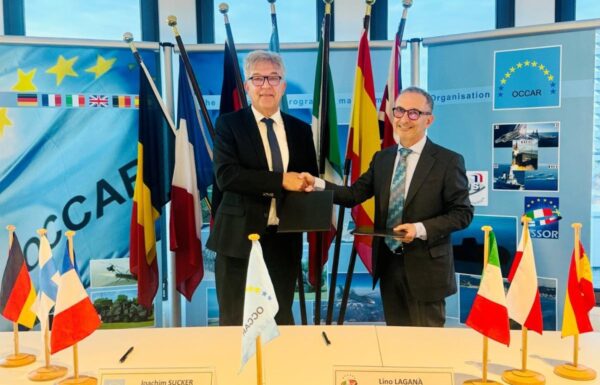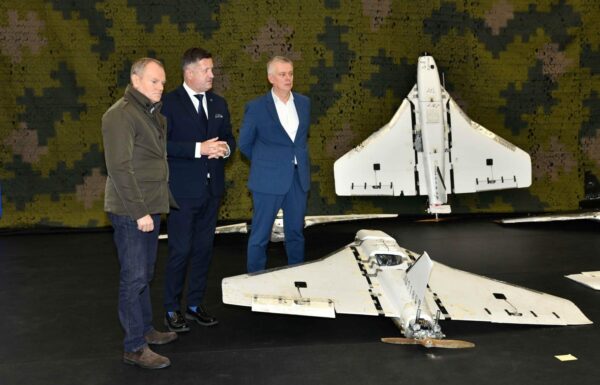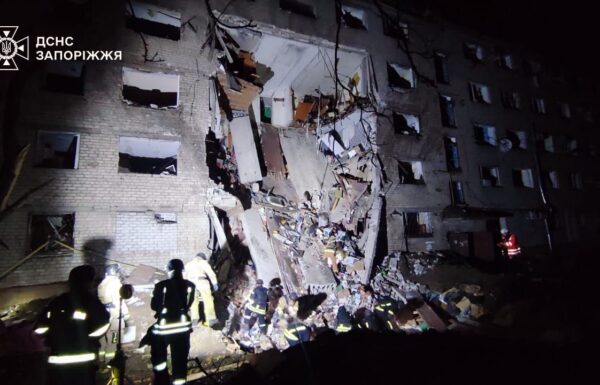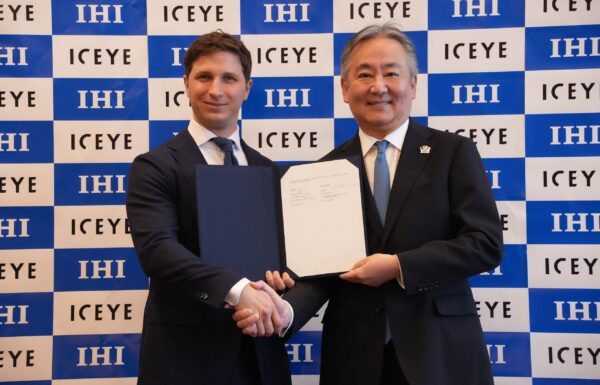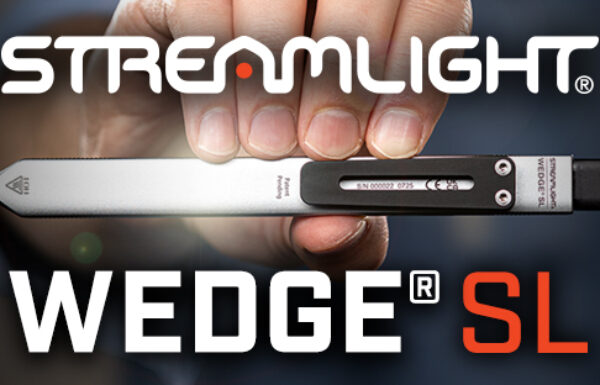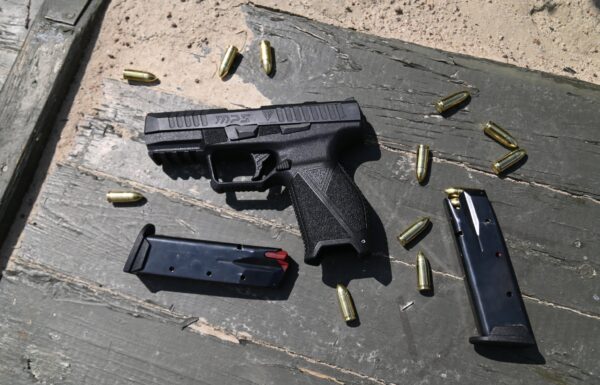On Thursday, July 24, 2025, the Danish Ministry of Defence’s procurement agency FMI (Forsvarsministeriets Materiel- og Indkøbsstyrelse; also known by its English acronym DALO, Defence Acquisition and Logistics Organization) announced that it had recently signed a contract of undisclosed value with the French company MBDA France (part of the European MBDA consortium) for the delivery of VL MICA (Missile d’Interception et de Combat Aérien) short-range mobile air defense system batteries, consisting of two firing units.
Jan Toft, Head of the Investment Division at FMI, and François Rouhier, Senior Regional Director at MBDA France, signed the contract as part of the initial expansion of ground-based air defense.
“The contract with MBDA France is an important step toward reestablishing a Danish ground-based air defense capability. We are already fully engaged in preparing to be ready for the implementation of the VL MICA system once it arrives in Denmark. This task includes recruitment, preparation and training of personnel, procurement and setup of support equipment, planning of logistical support operations, and many other elements. This work is running in parallel with the preparation of the leased Norwegian NASAMS system, which is also part of the initial acquisition,” says Jan Toft, Head of the FMI Investment Division.
On June 10 of this year, following a decision by Danish Minister of Defence Troels Lund Poulsen, Denmark launched the procurement procedures for short- to medium-range ground-based air defense systems (Jordbaseret Kortrækkende Luftforsvarssystem): IRIS-T SLM from Germany, VL MICA from France, and a lease of NASAMS from Norway — one battery of each. Importantly, this is intended as an interim solution, given the speed of delivery, ahead of the selection of a final long-term system. The total package is expected to cost over 6 billion DKK and will be financed from the Acceleration Fund (Accelerationsfond).
The French offer featuring VL MICA, along with 10 other qualified proposals (out of 12 submitted), was announced on November 8, 2024, and advanced to the second phase on March 14 of this year. The selection process was based on four key criteria: interoperability with NATO, security of supply, operational capabilities, and delivery timeline. Final bids had to include detailed information on system pricing, support requirements, and operating costs, with a breakdown covering aspects such as logistics support packages and many other factors. A core requirement from the Danish side was achieving Initial Operational Capability (IOC) by 2028.
VL MICA uses an interceptor missile that is 3.1 meters long, 0.16 meters in diameter, and weighs 112 kg (including a 12 kg warhead). It reaches a maximum speed of Mach 4. It has a range of 0.9 to 20 km (with an effective range of 8–10 km against cruise missiles and small drones), and can engage targets at altitudes up to 9,000 meters. It is available in two variants: the infrared-guided MICA IR, equipped with an FPA IIR seeker, and the radar-guided MICA RF, fitted with an AESA (Active Electronically Scanned Array) radar seeker.
A typical firing unit consists of 4 launchers (with a total of 16 ready-to-launch missiles). However, a single Tactical Operations Center (TOC) can control up to 6 launchers (24 missiles). The system can integrate with various radar stations, including the EADS TRML-3D, Saab Giraffe 100 AMB, Thales RAC 3D, and Thales Ground Master (Gerfuy/Gerfly).
The system is used as an air-to-air missile (MICA) on fighter jets, as a naval defense system (VL MICA-M) on surface ships. It is also being developed into a next-generation medium-range variant, MICA NG (Missile d’Interception et de Combat Aérien Nouvelle Génération), which will offer a range of up to 80 km for all deployment platforms. In January of this year, France ordered eight VL MICA batteries. In February 2024, it was announced that Armenia had expressed interest in acquiring the system (France to Strengthen Defense Against Missiles and Drones).
Currently, the Danish Royal Army (Hæren) does not possess any ground-based air defense missile systems. Denmark urgently needs to establish a ground-based air defense capability to protect civilians, military assets, and critical infrastructure from airborne threats.
This is expected to change soon, with the delivery of 16 Oerlikon Skyranger 30 short-range gun-missile air defense systems scheduled to begin at the end of next year. These systems will be mounted on the GDELS-Mowag Piranha V wheeled armored vehicle chassis. Subsequently, NASAMS, VL MICA, and IRIS-T SLM systems will be introduced.


